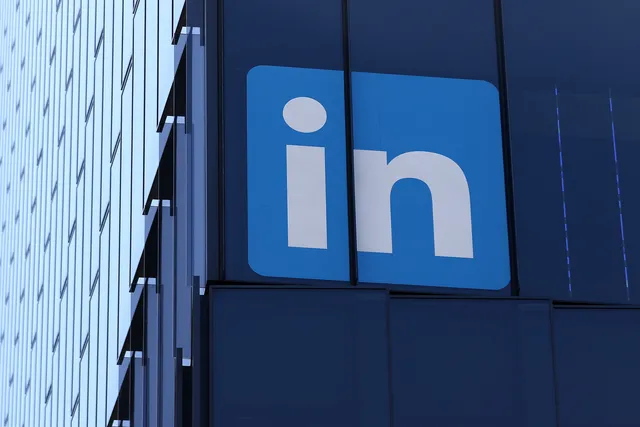LinkedIn: A Comprehensive Guide to Professional Networking

In the realm of professional networking and career development, LinkedIn stands as a pivotal platform connecting professionals, businesses, and job seekers globally. Founded in 2002 by Reid Hoffman, Allen Blue, Konstantin Guericke, Eric Ly, and Jean-Luc Vaillant, LinkedIn has evolved from a simple networking site to a robust ecosystem offering a myriad of tools and resources for individuals and organizations alike.
Evolution of LinkedIn
1. Origins and Growth:
LinkedIn was launched with the mission to connect professionals and facilitate networking in a digital space. Initially focused on job seekers and recruiters, it quickly gained traction as a go-to platform for career development and industry networking.
2. Expansion of Features:
Over the years, LinkedIn expanded its features beyond basic networking. It introduced tools for personal branding through profiles, professional publishing through LinkedIn Pulse, and content sharing through updates and articles. These additions transformed LinkedIn into a comprehensive platform for professional growth and knowledge sharing.
3. Microsoft Acquisition:
In 2016, LinkedIn was acquired by Microsoft for $26.2 billion, marking a significant milestone in its evolution. This acquisition enabled deeper integration with Microsoft’s suite of productivity tools and cloud services, enhancing user experience and expanding LinkedIn’s capabilities.
Key Features and Functions
1. Profile and Personal Branding:
A LinkedIn profile serves as a digital resume, showcasing professional experience, skills, education, and endorsements. It allows individuals to highlight achievements, connect with colleagues and mentors, and build a professional reputation online.
2. Networking and Connections:
LinkedIn’s core function is networking. Users can connect with professionals in their industry, join groups and communities, and participate in discussions. These connections facilitate opportunities for collaboration, mentorship, job referrals, and business partnerships.
3. Job Search and Recruitment:
LinkedIn has become a primary resource for job seekers and recruiters. The platform features job listings from companies worldwide, allows recruiters to search for candidates based on specific criteria, and provides tools for job seekers to apply directly or be contacted for opportunities.
4. Content Sharing and Thought Leadership:
LinkedIn Pulse enables users to publish articles and share insights with their network. Thought leaders and industry experts leverage this feature to establish authority, engage with peers, and contribute to professional discourse.
Impact on Professional Development
1. Career Advancement:
LinkedIn empowers professionals to manage their careers proactively. By maintaining an updated profile, participating in networking activities, and engaging in industry discussions, individuals can enhance visibility, expand their professional network, and uncover career opportunities.
2. Business Growth and Networking:
For businesses, LinkedIn offers avenues for brand promotion, lead generation, and recruitment. Companies can showcase their products and services, share company updates, and connect with potential clients, partners, and employees.
3. Learning and Skill Development:
LinkedIn Learning (formerly Lynda.com) provides online courses and tutorials across various disciplines, helping users acquire new skills, stay updated with industry trends, and advance their professional expertise.
Challenges and Future Directions
1. Privacy and Security Concerns:
As with any online platform, LinkedIn faces challenges related to data privacy, security breaches, and misuse of personal information. Ensuring user trust and safeguarding data remains a priority.
2. Competition and Innovation:
LinkedIn competes with other professional networking sites and platforms offering similar services. Staying ahead requires continuous innovation, adapting to technological advancements, and meeting evolving user expectations.
3. Global Expansion and Diversity:
LinkedIn continues to expand its global presence, catering to diverse markets and professional communities worldwide. Emphasizing inclusivity, diversity, and accessibility remains crucial for fostering a truly global professional network.
Conclusion
LinkedIn has redefined professional networking by providing a digital platform where professionals can connect, collaborate, and grow their careers. From its humble beginnings to its current status as a Microsoft-owned powerhouse, LinkedIn remains indispensable for individuals seeking career opportunities, businesses aiming to expand their reach, and industries looking to foster innovation and talent development. As LinkedIn evolves, its commitment to facilitating meaningful connections and empowering professional success reaffirms its position as a cornerstone of the digital professional landscape.




